A Memoir of Moments - Bheeshma Sharma
Online show
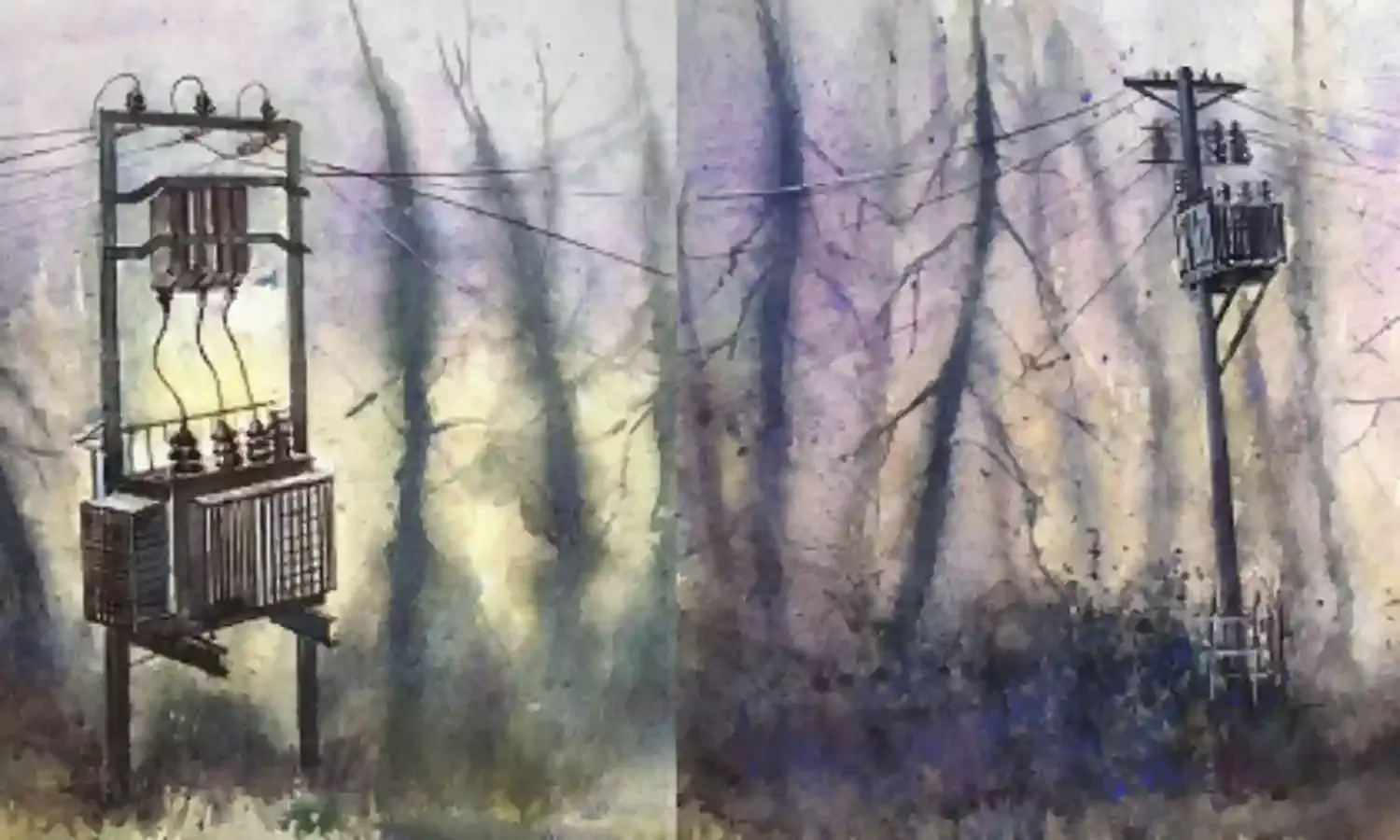
We are all witnesses, witnessing deep silences and loud noises, we see the sun and bright lights of childhood, we see sadness and moments of powerlessness, we witness pride and shame, we see broken people and broken hearts, we see emptiness in someone’s eyes, we see anger and we see love, we witness pain and see burials, we see meals of affection and tales of people gone by, we see goodbyes and fear, we witness falls and ascensions, we are witnesses of beginnings and of ends, and between it all we live a life.
We keep a memoir of all the moments in our mind, yet some of us re-create those moments through stories – written, painted, spoken, acted. Artists become custodians of those moments – witnessing, documenting, revisiting times gone by, creating visual time capsules to be seen by many.
Artist Bheeshma Sharma, through his online show at Prameya Art Foundation seeks to evoke an emotion that he feels, through his many digital works and painted visuals. Born in Imphal to a Rajasthani family, Bheeshma witnessed many travails in his home state of Manipur. Mass shootings, bomb blasts and kidnappings were common occurrences, such that, which made him perceptible to the reality at a very young age. He moved out of his home state to continue his studies, yet the past made him sensitive towards events like war, climate change, and calamities, both human and natural.
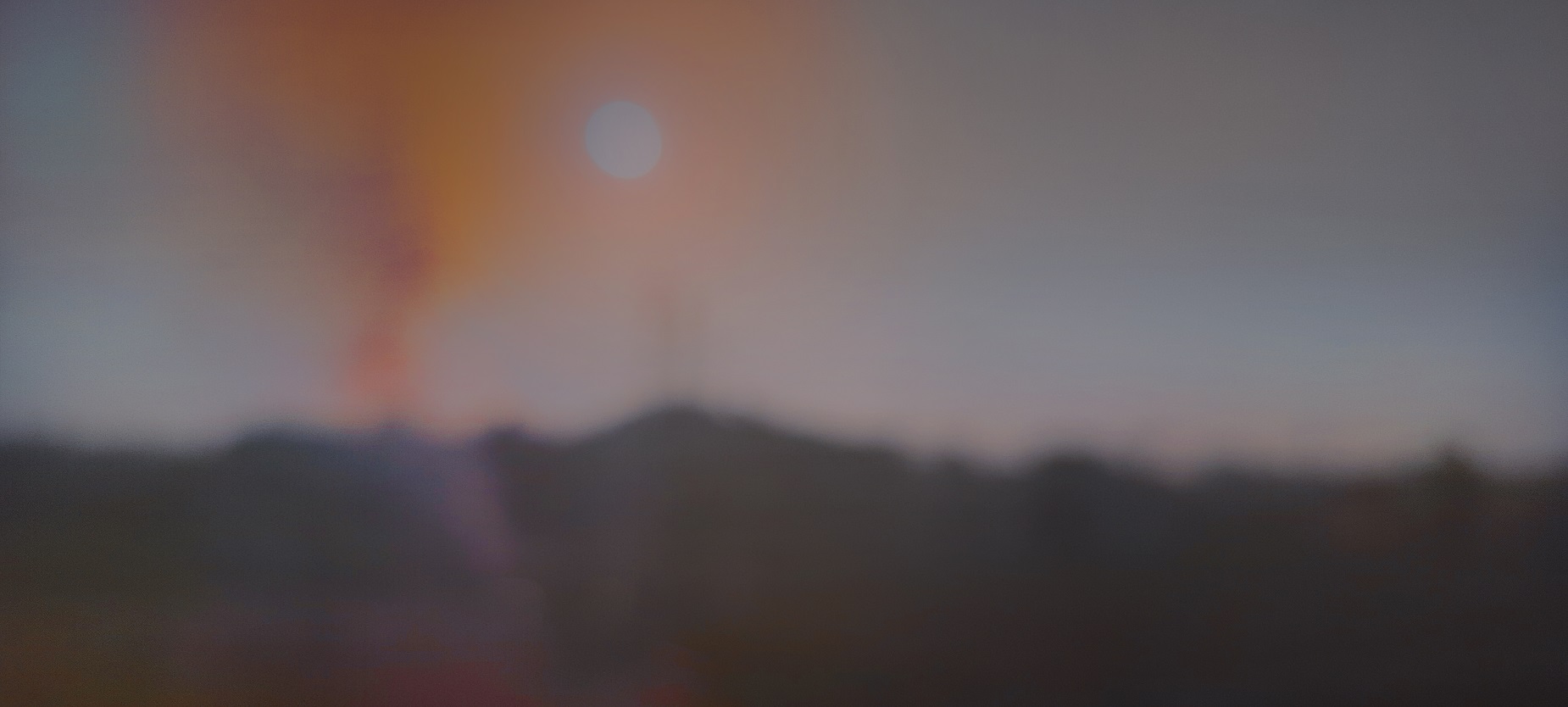
After moving back to his hometown, he witnessed the extent of deterioration, from the forest area facing the heat of urbanization, to the wounds of deforestation evident with the rise in demand of wood, highways, agricultural land and commercial buildings, and the miseries of pollution with rising air traffic and vehicles. He has documented these issues in his body of work in a way that reflects his sensitivity towards the subjects.
Currently he has moved from his more dominant sculptural art pieces and form-based art, to experimenting with paintings and digital works. “I will always be a sculptor at heart, it’s physical, technical and unforgiving. The process feels like watching a seed turn into a sapling, to a tree,” Bheeshma exclaims. “However, sculpture has its own limitations and that is why I decided to use other mediums too.”
In his current body of works which are mostly digital, or 2 dimensional in nature, he creates an eerie landscape, yet very powerfully, through 2D forms, colour and light, or the lack of it, evokes an emotion that he wants to convey through his work. The works can be seen at the online show, titled Horizon and Beyond, part of the Discover Series by Prameya Art Foundation and can be viewed online*.
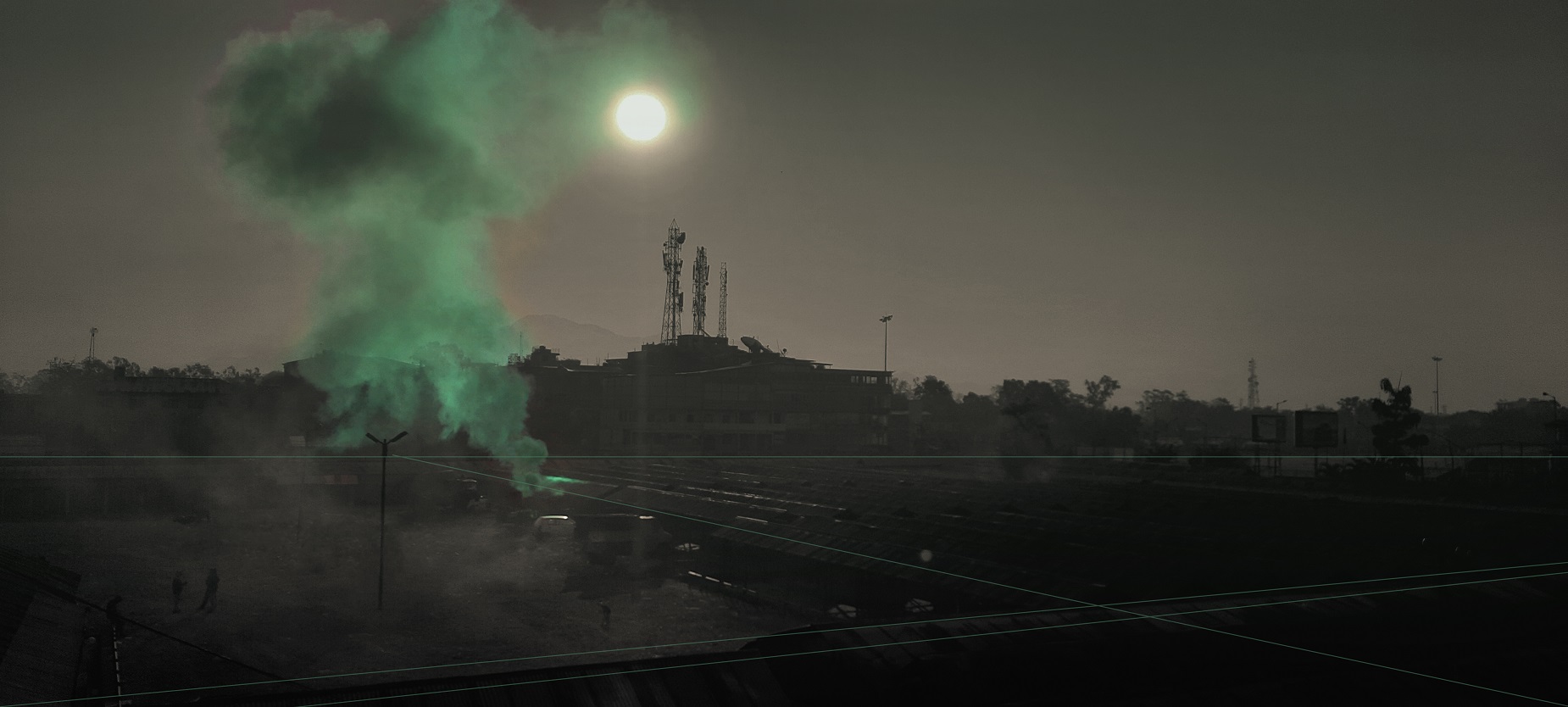
This year Bheeshma Sharma travelled to the village of Umarah in Varanasi, with his grandfather. “The trip was more of a spiritual visit without any other ideas or thoughts, but once I reached the village, I wanted to go see the fields and interact with its inhabitants,” states Bheeshma. During this period, he had conversations with many farmers in the village and their children and chose to bring to light certain personal narratives through photographs of fields and digital enhancements.
Highlighting certain situations, like the perilous state that anthropogenic environmental crisis has left the agricultural sector in, his most recent works are a visual documentation of an episode of personal observations about climate change and other fundamental factors like overproduction and deforestation through digitally modified, enhanced recounting of visuals of a village landscape. The works show the village wrapped in smog, creating the effect of industrial activity in nearby areas, cutting off sunlight essential for survival of crops.
The agricultural and farming community has deep, strong ties to Bheeshma’s personal story, his forefathers came from a farming background, but more importantly there is the resolve to help the farmers by bringing their story to light.
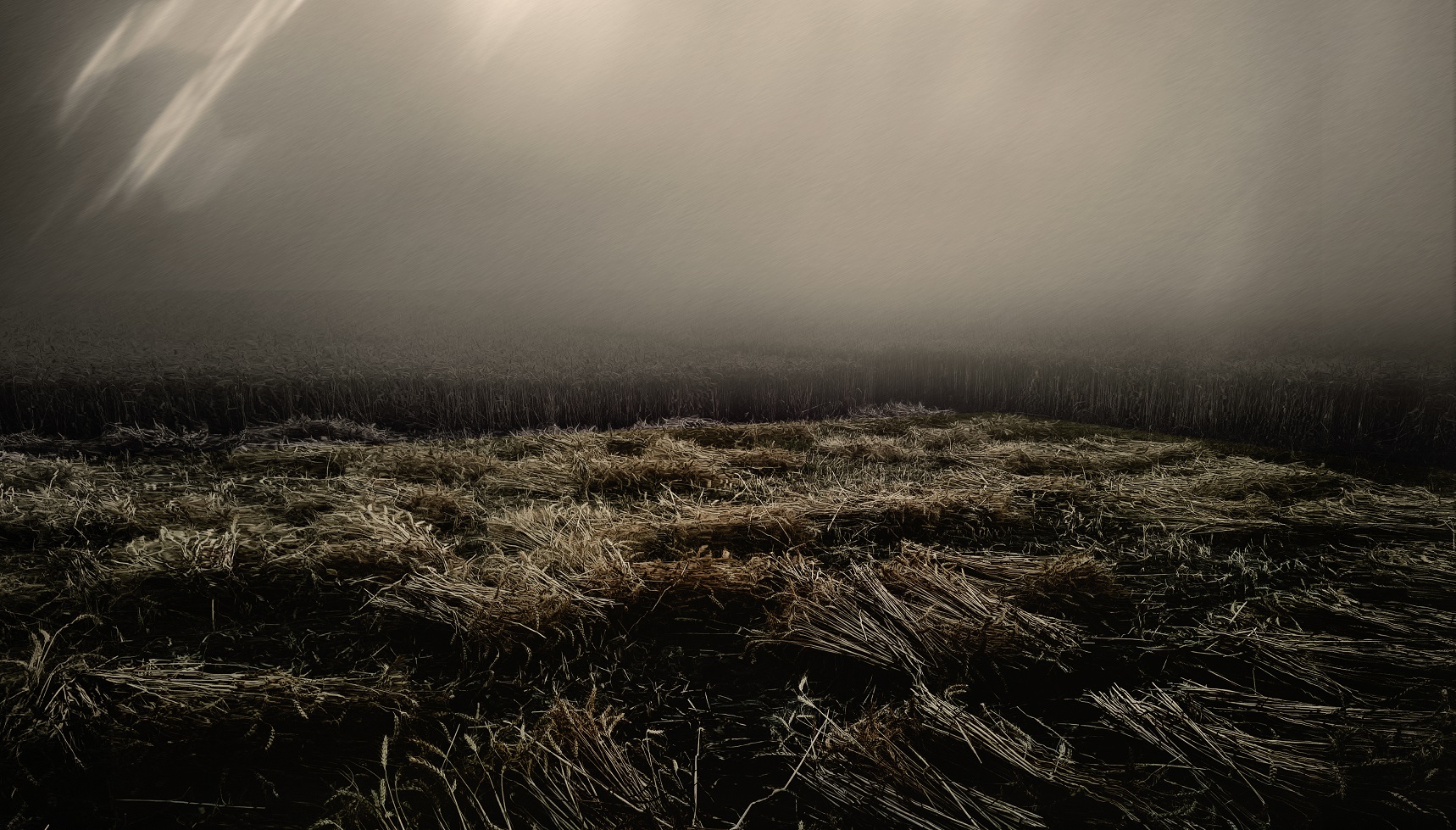
“Hence my story is not political, it is personal, it’s more about ecological factors, and about confronting the effects of human civilization and practices which are altering the quality and nutrition of soil and groundwater, and the crisis which the farmers have to bear with untimely rainfall, or a flood before the harvesting season,” he says “As a citizen I feel there is a responsibility to hear their stories, and bring to light the shortcomings, tests and challenges the farmers experience.”
Bheeshma Sharma took photographs on many of his evening walks with his grandfather, guided and motivated by the openness and the affability of the farmers on his visits to the field. While the photographs acted as a starting point to his artworks which are now on display at PRAF’s online show, the photographs are highly edited and transformed images, more like a series of poignant, dark, striking tales of life in an Indian village. As seen in the exhibition, along with the many illusory digital works are a series of watercolour works too “The results with watercolour are always unexpected and this curiosity drives my creativity,” he says.
As we speak to the artist, we get informed that his works have evolved not only in terms of space, material and medium but also conceptually. Bheeshma often used metal in his sculptures, perhaps born out of the fact that he retained a remnant of a Japanese bombshell which possibly played a role in the destruction of his familial home. “In terms of space, I need a dedicated space to complete my sculptures as they are rugged and masculine in nature and need a studio space or workshop for creation, which in the current circumstances is not a possibility.
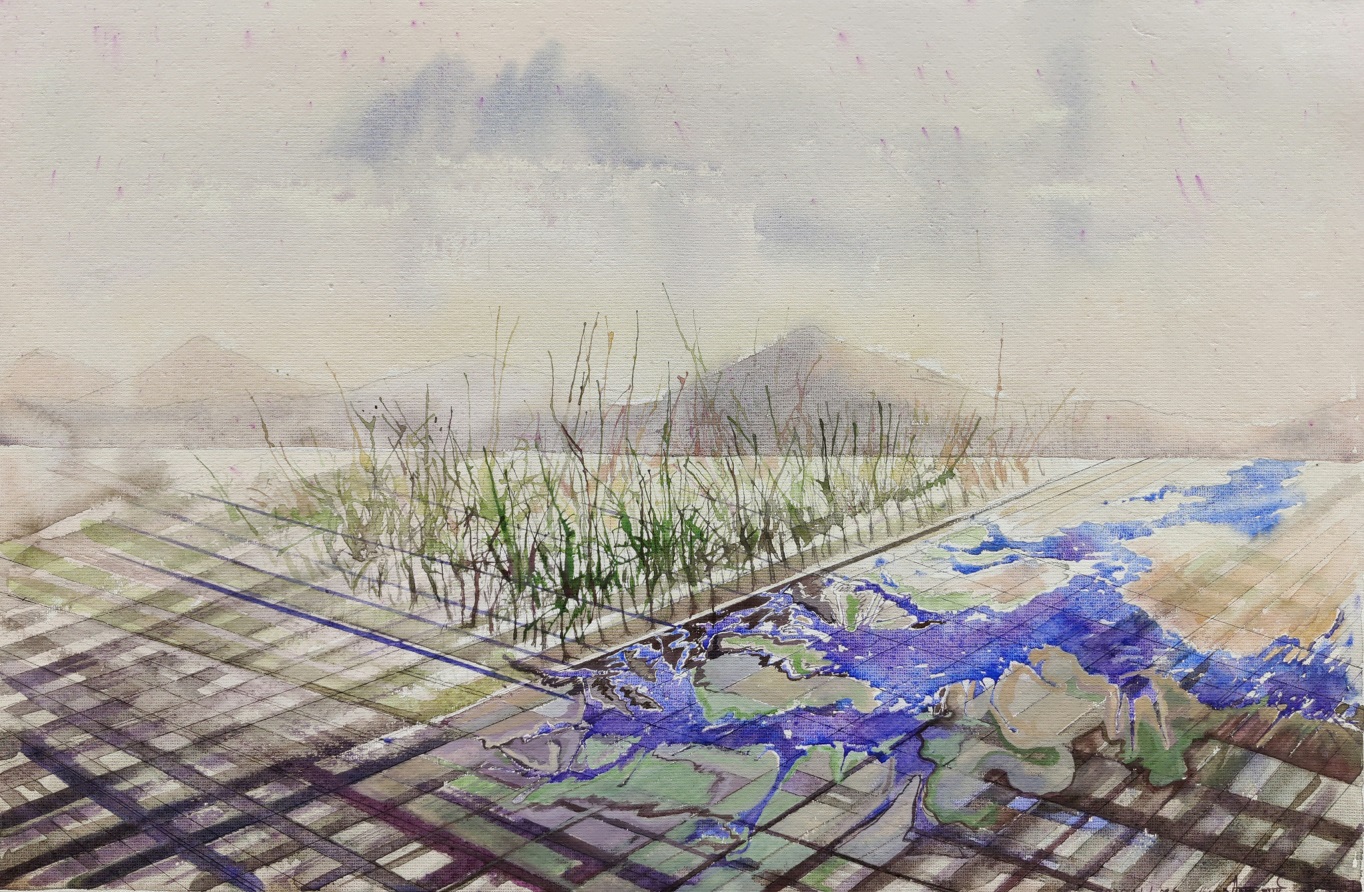
Conceptually too my practice has evolved, as earlier I worked on earthquakes in my works, after the Imphal earthquake of 6.9 magnitude in 2016, and nuclear disasters later,” Bheeshma declares. “However, I believe in working from wherever one is, and I am inspired by MF Hussain and how he used to paint canvases even in cities and hotels he visited; surroundings and spatial factors might change but one must always find a way to work around it,” he adds.
The online exhibition, at PRAF, is an amalgamation of new thought processes by the artist, taking us to intense, dark landscapes, and immersing us in its pensive atmosphere. We can see the soft yet smoke engulfed reality in ‘Smokescreen’, ‘Green Poison’ is a haunting tale of industrial pollution and the visible, yet consistent corrosion caused by it, ‘How Far Have We Come’ takes us to ash like harvested fields under a setting sun, ‘Harvest Rain’ is a deeply moving visual narrative of light, wind and rain, ‘Banjarr’ is another portrait of an arid, dry agricultural field. These are some of the many digital works on display along with diptychs and watercolour works like Civilization, Forest Fires, Monuments of Anxiety and many more.
“When I came to Rajasthan and started editing some of the many photographs I had taken, I was taken back to memories of days in the village, the smell, the wind blowing and the stories of the working class, their love and that cup of perfect chai on evenings of laughter and endless conversations, and just when the sun was about to kiss the ground, I took out my camera to capture the magical fields of Umarah,” recounts Bheeshma.
*To view Horizon and Beyond by Bheeshma Sharma, at Prameya Art Foundation, please follow this link: https://www.praf.in/Exhibition-aug-2021.html




